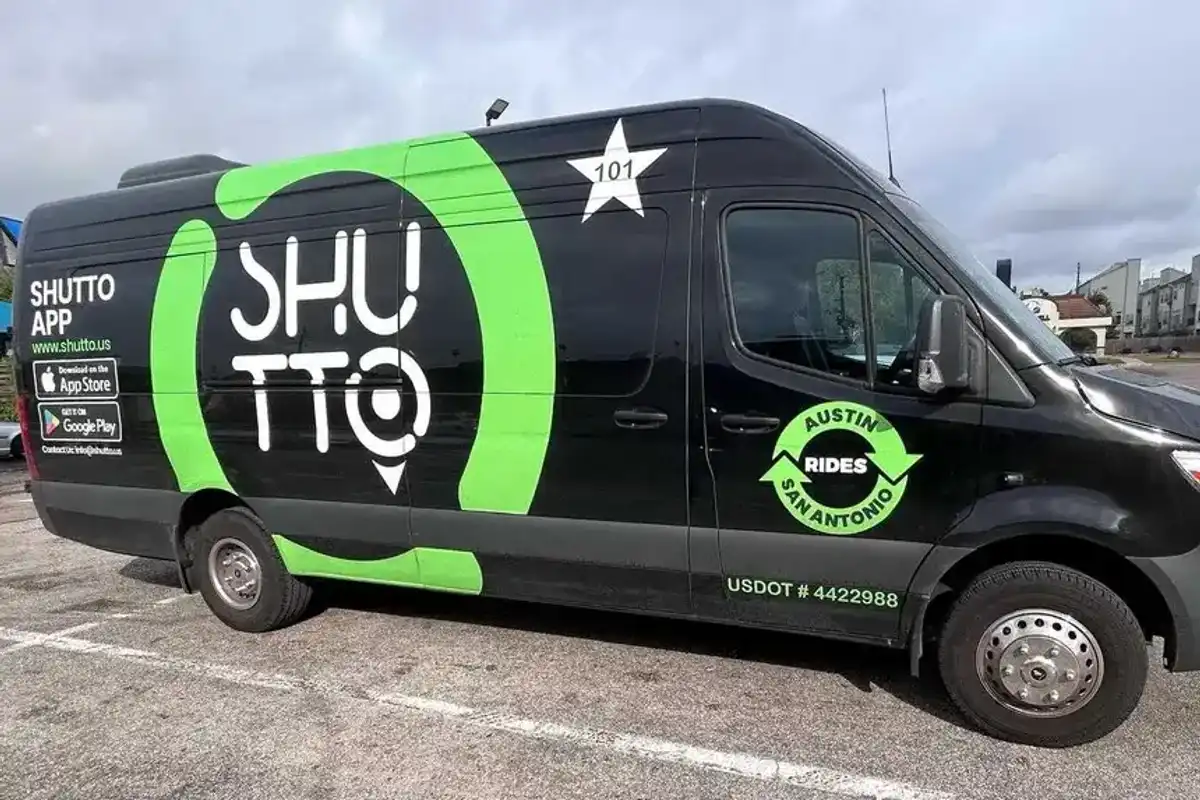How Houston startups can hire top talent amid 'The Big Stay' trend of 2024
Guest column
Attracting “A-plus” talent when job candidates are favoring "The Big Stay” is a challenge for small businesses today. This is especially true when small businesses are competing with larger corporations for the same top talent.
To help startups and small businesses break through to candidates who are content in their current position or afraid to jump to a smaller business in today’s market, small businesses need to strategically position themselves as an attractive, viable alternative.
The following tips can help small businesses increase their appeal and attract top job candidates.
Employer branding
The employer brand or managing your reputation among job seekers and internal employees, plays a crucial part in attracting talent. Your internal workplace culture influences current employees and potential job candidates, but it also includes your digital presence. You want to ensure your digital footprint – website to social media – reflects your values, culture and successes. Your career page is a first impression for the job candidate. Including testimonials, day-in-the-life videos and clear job descriptions enhances the appeal of your organization.
Online reviews are another area that needs attention from an employer branding standpoint. Managing your reputation on review platforms like Glassdoor, Indeed and LinkedIn, exhibits how you address concerns and take any corrective action. It is also a barometer for many job candidates regarding employee satisfaction and potential areas for improvement.
Unique selling points
Your product or service has a unique selling point (USP) for customers and your company has a USP for talent. Small businesses usually trump larger corporations in flexibility and innovation. Small businesses can make quick decisions and employees can make a big impact on the company’s direction and success. When job candidates desire to make a substantial impact and have a more dynamic work environment, this is a definitive USP.
Learning and development programs that offer greater opportunity for leadership, cross-functional work and rapid advancement than your larger competitors can be appealing to top talent. Many high performers desire to move up the ranks and make a notable impact as quickly as possible, which is quickly attainable with startups and small businesses. The pathways to career advancement are many times less rigid in small business.
Compensation and benefits
Startups and small businesses usually cannot compete head-to-head with salaries, but there are a number of other ways to make your business more attractive to top talent. Starting off, you need to do your market research to ensure your compensation package is competitive, but other desirable benefits to consider include work-from-home or flex work options, health and wellness programs, financial wellness programs and robust retirement plans. Offering flexible benefits packages that can be tailored to meet the needs of employees at different life stages can be a considerable draw as well.
Candidate experience
When you are trying to recruit candidates who may be content with their current positions, it is important to make the application process as straightforward and clear as possible. This shows attention to detail, tells the candidate that you know what you want in an employee and it is respectful of their time. Once they apply, being responsive to their communication, establishing clear timelines and providing constructive feedback further elevates the candidate experience.
Referrals
Employees are your best recruiting tool. A personal referral speaks volumes since very few recommend candidates who would not fit the culture or the jobs available. Additionally, encouraging current employees to share their positive experiences with the company on social media can help cast a wider recruiting net.
Even though many employees are choosing to stay in their current roles, startups and small businesses can position themselves as attractive employers of choice. When you intentionally position yourself in an authentic manner, top-tier talent looking for career-growth opportunities, influence and meaningful work can be lured away from large competitors that may offer more traditional stability and name recognition.
------
Jaune Little is a director of recruiting services with Insperity.





